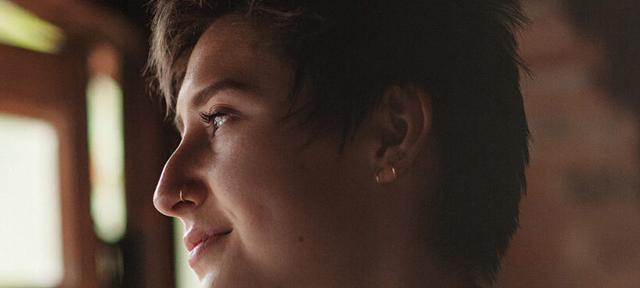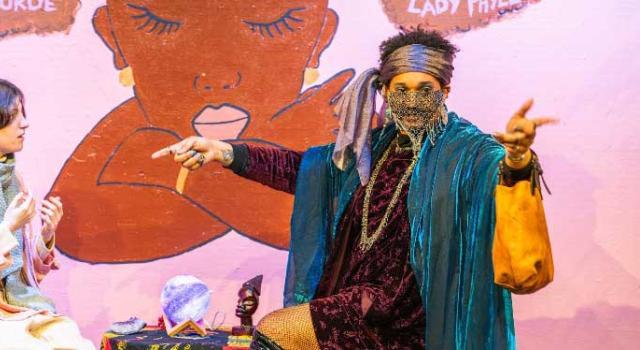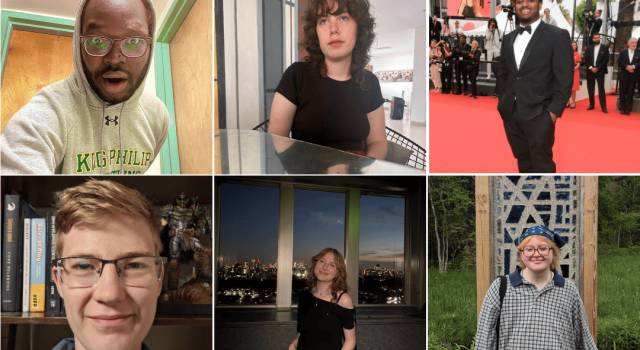Sofi Ward’s Div III Seeks to Make Parkour More Inclusive for Fem and Genderqueer Members of the Community

Ward’s Div III research delves into the experiences of fem and genderqueer members within the parkour community and the reasons why they leave the sport at a disproportionate rate.
Currently completing their Div III, Hampshire College student Sofi Ward 17F has been practicing parkour for four years. Parkour, which derives from the French “parcours du combattant” (meaning obstacle course), challenges practitioners to climb, run, and jump over environmental obstacles.
Ward’s Div III research delves into the experiences of fem and genderqueer members within the parkour community and the reasons why they leave the sport at a disproportionate rate. We sat down (virtually) to talk with Ward about their research and how that work can contribute to greater fem and genderqueer inclusivity within the international parkour movement.
Tell us a little bit about what you are up to right now and describe your Division III project.
I am currently living with my family in Lima, Peru, and am in my final semester as a Div III student at Hampshire. I study marketing and international business, though we all know that projects at Hampshire are actually more much diversely themed than just one or two disciplines.
My Div III is about gender in parkour. Parkour is a niche sport, movement practice, and philosophy that has attracted an international culture and community around it. I’ve been practicing parkour for four years, so it is something very personal and important to me. As a queer person and as a fem person, my experience in parkour has been very much affected by my gender and my sexuality, so was something that I thought would be interesting to explore, given that I have the community and the resources.
My committee includes sociology professor Margaret Cerullo and applied ethics professor George Fourlas. I also work with a parkour culture magazine called MÜVMAG as one of my advanced learning activities and just something I dedicate myself to in my free time.
What has your Div III research process looked like?
I'm interviewing fem and genderqueer athletes to understand their experience in general and how gender affects it. I’ve also sent out a survey—and already gotten over 670 responses! My overall goal is to get at what the root issues are that have caused women and genderqueer people to fall out of the sport at a proportion that is not comparable to men.
The final deliverables will be a research paper that will include these interviews and survey results. There will also be two athlete interviews published in the magazine. The thing I am most excited about is a booklet I am making for fem and genderqueer people who are entering the sport to let them know they are not alone. The booklet will have a resource section including who they can follow that are fem or genderqueer on Instagram because Instagram is a really big part of our core international culture.
Especially with the creation of the resource booklet, your Div III really serves to support more fem and genderqueer participation in parkour. What kind of changes do you hope to see within the community in, say, five years?
Honestly, I could give you this really big picture of wanting the number of women and genderqueer people in the sport to go from 18% to 40% or 50%, but I think what really makes my heart melt is the idea of hearing that in five years there might be a group of fem or genderqueer people doing parkour together in a city where they weren’t before. While I have these really big dreams, I’ve also seen through my research the profound effect that little actions can have. If I can play a role in having even that small effect, I know that ripple can create big change.



